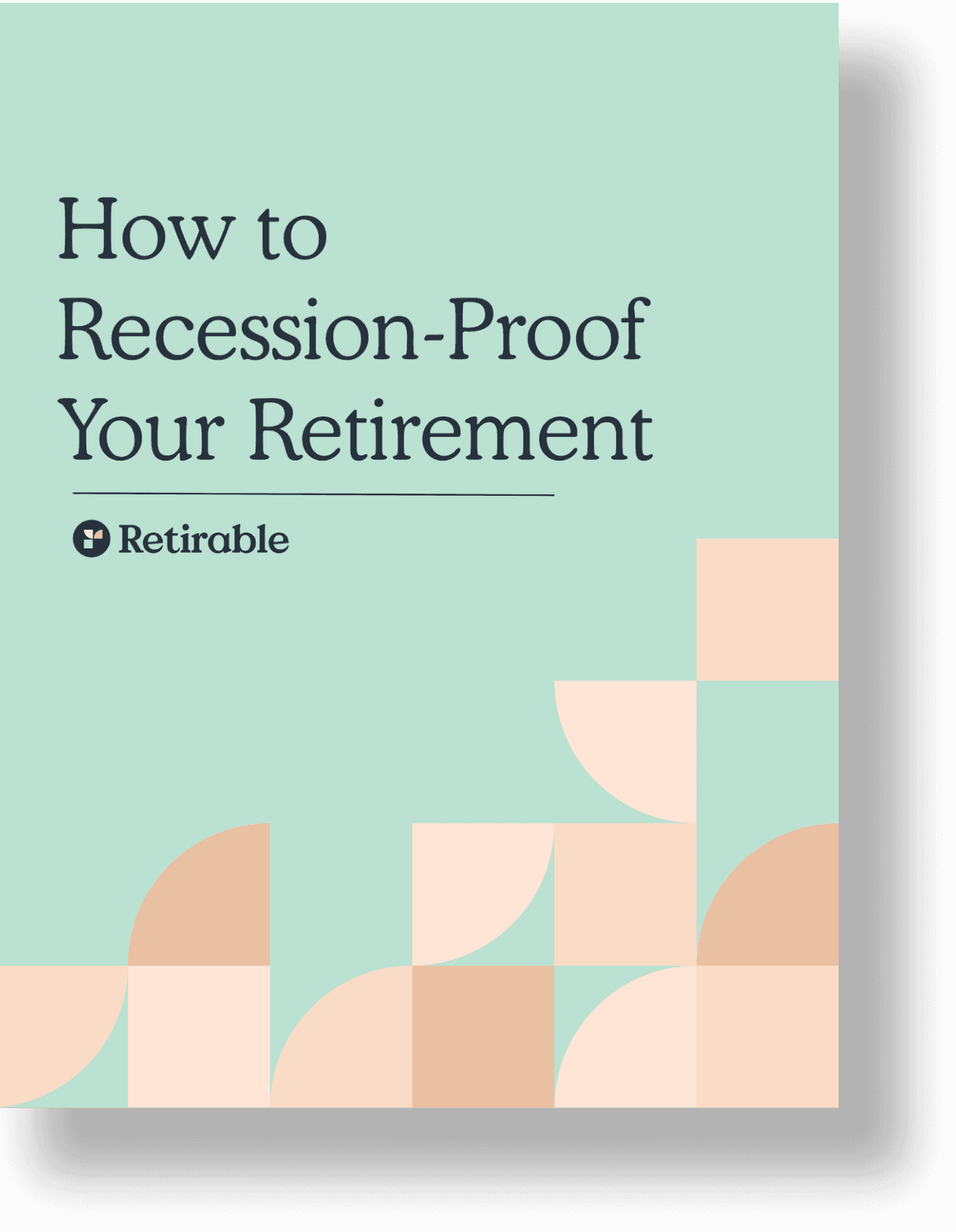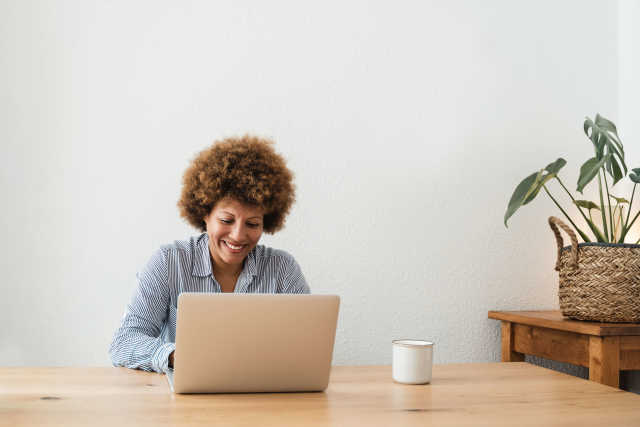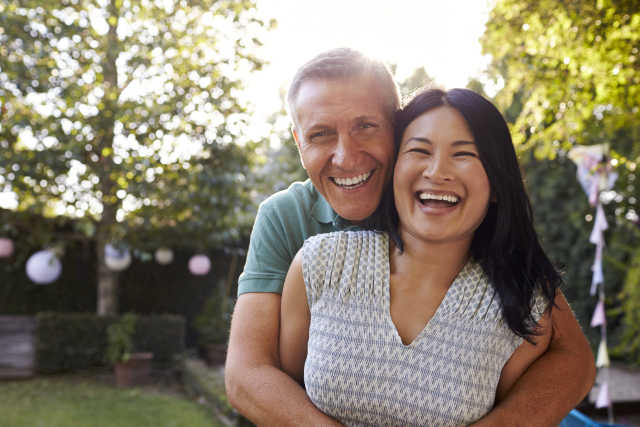Lifestyle
Financial advice is ubiquitous. Financial advisors are everywhere. This leads to a multitude of options saturating a confusing landscape, causing consumer fatigue for many Americans seeking sound financial advice. What’s the right choice for you? Let’s examine financial advisor fees to help you understand what type of financial advisor is right for you.

C.E Larusso
•
Published February 7th, 2023
•
Updated October 18th, 2024
Table of Contents
Key Takeaways
Financial advisors choose from a variety of fees, including flat and hourly rates, percentages based on assets-under-management (AUM) and commission
Some financial advisors select one option for payment, while a few choose a mix of models, depending on the kind of work they are hired for
Fee-only financial advisors are never paid via commission and are fiduciaries, meaning they are required to act in your best interest
The average percentage charged for AUM is 1%; this percentage might go down if you have a sizable account, over $5 million
Financial advice is ubiquitous. Financial advisors are everywhere. This leads to many options saturating a confusing landscape, causing consumer fatigue for many Americans seeking sound financial advice. What’s the right choice for you? Let’s examine financial advisor fees to help you understand what type of financial advisor is right for you.
How Much Does a Financial Advisor Cost?
There is no set fee for hiring a financial advisor; the cost of financial advice and strategy depends on numerous factors, including the tasks requested, the assets under management, and the advisor’s fee structure. That said, the average fee for a financial advisor’s services was 1.02% of AUM (assets under management) annually for accounts of $1 million, according to Advisory HQ News Corp.
That tracks with our research. Based on the number of assets under management (AUM) for ongoing advising, the average percentage is about 1% annually. Still, an advisor may charge less if you have significantly more assets under management—the fee for a $5 million account may only be .85%, but for anything under $500,000, the fee may jump to 1.2%. Some charge more if they have more experience or credentials to point to. Every advisor is different, and the cost will be much lower if you work with a robo-advisor rather than a dedicated, human one.
It’s important not to select the least expensive advisor you find. Have a thoughtful conversation with several advisors, and pick one who can best serve you (and your money).
How Are Financial Advisor Fees Charged?
A financial advisor may charge using a mix of the methods described below or choose one form of compensation structure. In addition, they might be commission-based or fee-only advisors, and it’s important to know the difference between the two.
- Assets-under-management (AUM): AUM fees are a percentage your advisor charges based on the total amount of your assets being managed by the advisor. Typically, the higher the amount of money being managed, the lower the percentage fee is. The average fee is 1% of the total AUM. AUM-based advisors are often the most expensive, but there is a significant advantage to hiring one. This fee structure incentivizes your advisors to take risks calculatedly and carefully. Since the advisor receives a percentage of your assets, they need to be hyper-vigilant about investments and ensure that your growth is guaranteed.
- Commission-based: Commission-based advisors get a bonus, fee, or other compensation based on a product’s sales; these are products that have offered a special payout to the advisor—for instance, if you purchase a stock they recommend, they could receive a fee. Commission-based advisors may create a conflict of interest—they could put their bonuses or fees ahead of your financial goals and long-term planning.
- Fee-only: Fee-only financial advisors do not receive commissions or compensation tied to product sales. Instead, they offer several payment options, including hourly rates, project-based fees, or fees based on assets under management (AUM). Some may even employ a combination of these fee structures. Fee-only advisors are typically seen as having fewer biases than commission-based advisors, as their compensation is not contingent on the products they recommend to you, thus minimizing conflicts of interest.
- Hourly rates: Some advisors charge by the hour, usually $100 per hour or more. The rate can vary based on the advisor’s experience.
- Flat fees: Advisors who charge based on flat fees will have a set amount for each service and the fee they charge. These advisors are helpful when you have a particular need and don’t necessarily need ongoing advice and strategy. The flat fee for advisors can vary based on the project being managed, but the typical range is between $1,000 and $3,000 per plan.
Average Financial Advisor Fees
Let’s look at the ways financial advisors charge their fees. Most advisors stick to one fee type, but some employ more than one, depending on the kind of advice needed and the length of the retainer.
| Fee Type | Description | Typical Fees |
|---|---|---|
| Assets Under Management (AUM) | Fee is a percentage of the total amount of your assets being managed by the advisor; typically, the higher the assets, the lower the percentage. | Robo-advisor: 0.25% to 0.50% annually OR Traditional advisor: 1% |
| Commission-based | Commission-based advisors make their earnings through commissions generated from the financial products they recommend and sell to you. | The advisor receives a bonus or commission from the product they sell. |
| Flat annual fee (retainer) | Yearly rate charged for an agreed-upon set of services. | $2,000 to $7,500 |
| Hourly fee | Hourly fees are common for per-project advice or consulting. | $200 to $400 |
| Per-plan fee | A fee charged for the completion of one project or plan, such as a map for how to invest a single large sum of money, like an inheritance. | $1,000 to $3,000 |
| Performance Fee | A bonus fee may be requested if your financial advisor outperforms a particular benchmark; be sure to ask your advisor about such fees before you hire them. | Varies |
Traditional Human Advisors
Traditional advisors typically offer in-person meetings, often at their offices. When choosing a financial advisor, consider diverse categories of advisors, each specializing in specific areas such as investment strategy, estate planning, or tax assistance. Traditional human advisors may employ a range of fee structures to compensate for their services.
Fee-Only Advisors
These financial professionals are paid for their services and not on commission for any products they sell you. The fees are either flat-rate, based on AUM, or hourly. Most fee-only advisors are fiduciaries, which means they are legally required to act in your best interest—they can’t push you to buy a mutual fund that will earn them a kickback if it would be a bad deal for you.
Commission-Based Advisors
These planners earn bonuses when you buy certain products, like mutual funds or annuities, that they recommend to you. This can cause a conflict of interest.
Fee-Based Advisors
Fee-based advisors meet somewhere in the middle; they usually have a flat rate or a retainer but might also receive a commission on some products they sell to you.
Online Advisors
Online or robo-advisors are financial advisory services that you interact with primarily through digital channels or, in the case of robo-advisors, entirely through artificial intelligence. These services typically offer cost-effective solutions compared to traditional human advisors and cater primarily to individuals newly embarking on their investment journey.
Looking for retirement advice? Our advisors are here to help.
Schedule your FREE Retirable consultation today.Robo Advisors
Robo-advisors are cost-effective, computer-based advisory services designed for individuals primarily interested in investment management and often in the early stages of their investment journey. When using a robo-advisor, you define your risk tolerance, financial goals, and investment horizon. Subsequently, artificial intelligence takes over to make investment decisions on your behalf. Most robo-advisor accounts can be initiated with as little as $10, and the typical management fee ranges from 0.25% to 0.50% of the total assets under management (AUM) annually.
Other Online Planning Services
Some companies, such as Betterment Premium, provide a hybrid approach that combines robo-advising with personalized one-on-one financial guidance. These services typically employ robo-advisors for investment management but offer access to human financial planners for additional advice and support. Like pure robo-advisors, these hybrid services usually charge a fee based on the assets under management (AUM), often falling from 0.30% to 0.89%. While they excel in investment management, if you require more specialized or nuanced financial planning, you might need to seek a traditional advisor specializing in your specific financial needs.
Why a Financial Advisor's Fee Structure Matters
It’s crucial to understand the kinds of fees that financial advisors can charge and which fees your advisor will be charging you. This impacts how much you pay them and how frequently you pay them, and it also lets you know if they are acting with fiduciary responsibility or not. If not, you can ask about their compensation/bonus sources.
Ask your advisor to give you a detailed explanation of what investments they are making and why; any vague or elusive answers should be a red flag. Advisors who suggest their services are free are also cause for concern.
Ultimately, when it comes to your finances, you should select an advisor who you can trust.
Ways to Reduce Financial Advisor Expenses
Financial advice should be for everyone. That ethos is the driving force behind the popularity of robo-advisors; people with very little money to invest can do so for minimal fees. That said, you may need something beyond a robo advisor and want to know if there’s a wallet-friendly way to cut expenses on your financial advisor’s fees. Consider:
- Hiring a fee-based advisor: Fee-based advisors, rather than commission-based ones, might be more inclined to invest in your best interest rather than in a way that will pad their wallet.
- Negotiate: An advisor may work with you and reduce their fees if it means securing you as a long-term client. Be upfront about your budget and how much you can afford, and see if a solution is amenable to all. This strategy especially works if you only want a few services rather than a full suite.
- Hire someone new: You could consider hiring a newbie. Of course, there is a little risk in hiring someone fresh to the field vs. a seasoned professional, but it’s possible that someone looking to build a solid base of clients will be willing to put in the extra work, pay more attention to you, and offer their services at a lower cost.
Final Thoughts
There are a lot of financial advisors out there, so the most important thing is to find one that you feel will do the best by you are your assets. Ask many questions before signing a contract, and select an advisor from a trusted source.
We start with a free retirement consultation to ensure that our recommendations will be in your best interest and that we can help. We’ll review your savings, Social Security, and other income sources to put together a retirement spending plan that aligns with your lifestyle goals.
If you like our strategies and want to implement them, we’ll put together an investment strategy and spending plan to ensure your savings will last while helping you spend more to meet your lifestyle requirements. You’ll discuss the details with your advisor, and they’ll make any necessary adjustments.
The best part? We keep our fees low to bring expert advice to every retiree—no matter the size of their nest egg. We charge 1% of assets under management and cap our fees at $5,000 annually. Starting is free; set up your no-obligation complimentary consultation with a Retirable advisor today!
Frequently Asked Questions
You asked. We answered.
What is the standard fee for a financial advisor?
There’s no standard fee, but the average percentage applied to AUM is around 1%, with flat annual rates varying between $2,000 and $7,500. Hourly rates tend to be for specific projects and run $200 to $400.
How much money should you have saved before talking to a financial advisor?
Many financial advisors won’t work with portfolios below $100,000, though others have a $50,000 bar. You’ll need to shop around if you have less than $50,000 in assets and want professional advice, or consider a robo-advisor until you have saved more to warrant using a financial advisor. That said, there may be particular instances for which you want to hire a planner, which is why per-project flat and hourly rates exist. These instances might include a strategy to pay down debt, save enough money for a down payment, or improve your credit score.
What’s a robo-advisor?
A robo-advisor is an automated tool—usually in the form of an app or a website—that makes investments on your behalf. These advisors are generally best for those just starting to save and build wealth, as the fees are low, with an average of 0.40% AUM annually. Still, they don’t offer the robust personalization that a certified financial planner would.
Share this advice

A professional content writer, C.E. Larusso has written about all things home, finance, family, and wellness for a variety of publications, including Angi, HomeLight, Noodle, and Mimi. She is based in Los Angeles.
Share this advice

A professional content writer, C.E. Larusso has written about all things home, finance, family, and wellness for a variety of publications, including Angi, HomeLight, Noodle, and Mimi. She is based in Los Angeles.
Free Retirement Consultation
Still have questions about how to properly plan for retirement? Speak with a licensed fiduciary for free.






